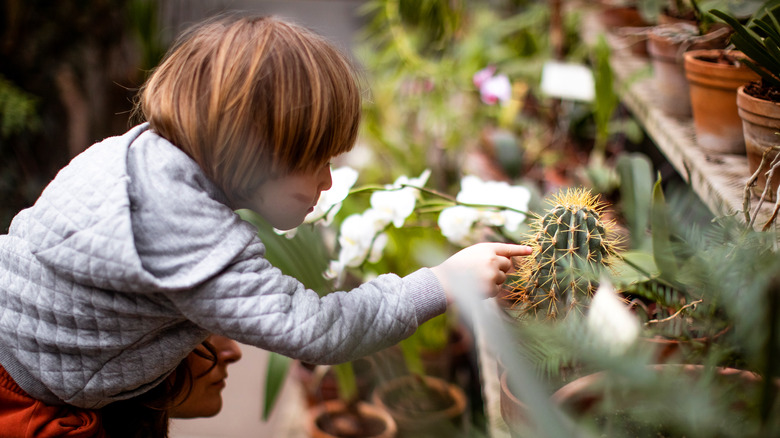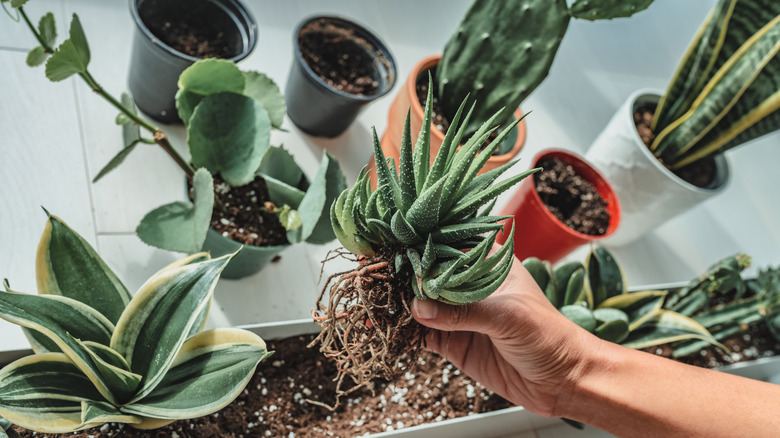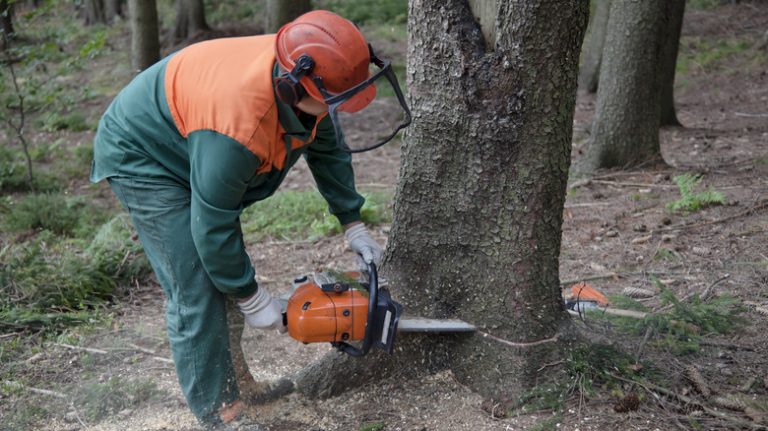Garden Trees, Shrubs & Vines
Michael Alexander Uccello
You have heard of rose gardens, vegetable patches, and bonsai havens but now it’s time to think outside of the flower pot. Imagine a garden that thrives off of neglect, basks in the harshest of sunlight, and protects itself from unsuspecting intruders. Welcome to the world of cacti, where prickles are the new petals and water is often optional.
But before we start looking at different cacti, first you want to see if you have the right conditions for them, as this is incredibly important. For the most successful results, you will need a location that receives total sun exposure for at least six hours a day. Pick a location based on this, as it is the most important condition for the happiness of your cacti.
Another reason why it’s so important to consider the location of your garden is because the types of cacti you choose may depend on this factor. Obviously, if you live in a hot and dry climate where winter is quite mild, then you need not worry, but for those in areas of high humidity and harsher winters, you should consider buying cacti that are more suitable to grow indoors.
Choosing your cacti varieties

Sanjeri/Getty Images
The next step in the planning process is choosing your cacti varieties based on your location. If you are looking to create a sustainable indoor garden, there are plenty of interesting and popular options to choose from. Cacti like Hens and Chicks are great because they add lots of texture and color to gardens, while a sea urchin cactus can add diversity as they produce beautiful white or pink flowers. Other recommended varieties to look out for are Ruby Ball, Hedgehog, Crown, or Christmas cacti. For those of you in the ideal climate, feel free to select just about any variety you desire while of course staying mindful of any of the plant’s needs.
So, you have your cacti and now you must look for a container! You don’t need a large one by any means as cacti have quite shallow roots that grow slowly in comparison to other plants. If the cactus is going outdoors, put it in a pot or start digging. Wherever you are planting your cacti, make sure that the ground is leveled out; this doesn’t have to be perfect but you want to prevent improper drainage that can cause the cacti to rot. But, if your garden is on a hill, need not worry for the water will always drain down it. When digging, be sure to give your cacti enough room; anything between six to 12 inches of earth should suffice.
Time to plant and take care

Maridav/Shutterstock
Now you’re only one step away from planting! It’s important to note that with cacti, it’s all about the soil. This is because regular potting soil holds too much water. For those of you who know the damages of overwatering, this will result in root rot for your cacti, ultimately killing the plant if not tended to soon enough. It can be purchased in a gardening-focused store, or you can make it yourself. Cactus soil consists of “one-third regular potting soil, one-third coarse sand, and one-third pumice or perlite,” according to CactusWay. Also, it’s best to line the bottom of your container with pebbles before adding cactus soil, as this will help with drainage.
The time has finally come to plant your cacti. Arrange them in any formation your heart desires. There really is no right or wrong way to do this, just ensure that each of them is getting equal amounts of direct sunlight. Once planted, don’t be afraid to decorate! These plants are not fussy things and you can get creative with their presentation, like colored pebbles, interesting rocks, fun little figurines, or maybe more cacti!
Remember, adopting a cactus garden is not just about embracing a new trend, it’s about taking on a new perspective of your garden. Whether you’re a seasoned green thumb looking for a fresh challenge or a gardening newbie eager to make your mark, the cactus garden awaits, ready to prove that beauty truly does come in all shapes, sizes, and spikes.



